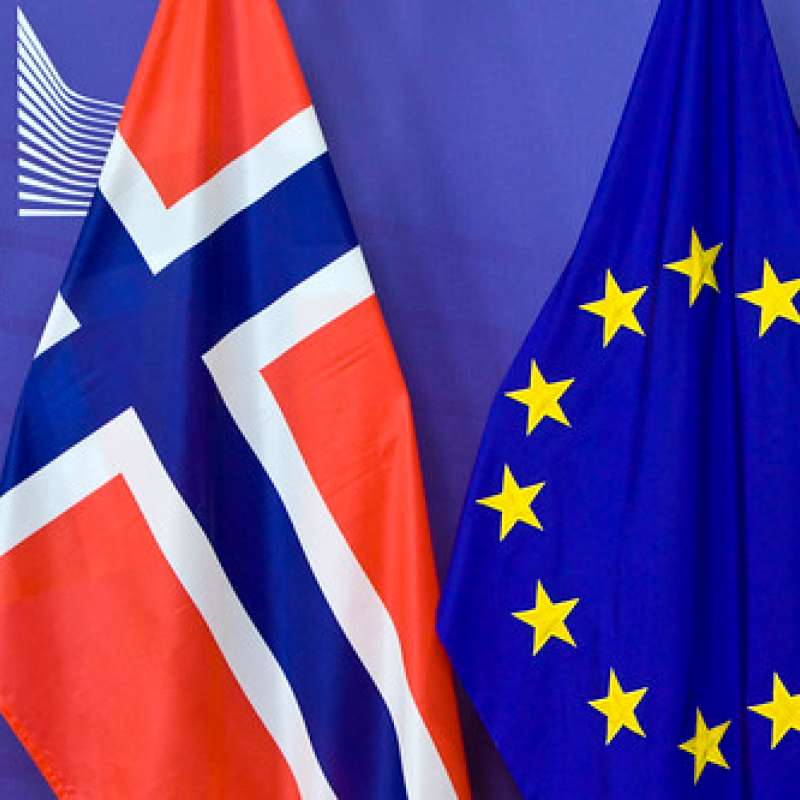Gunnhild Søgaard
Head of Department/Head of Research
Biography
Doctoral degree from NMBU focused on climate adaptation in trees (2008) and has since 2009 worked on various climate-related projects at NIBIO. The projects have ranged from bioenergy to various projects related to climate responses in trees. Since 2012, the main focus has been on greenhouse gas accounting for Land Use, Land-Use Change and Forestry (LULUCF) and measures for climate change mitigation and adaptation in forestry and other land use.
Has since 2012 led and been responsible for the group working on the national greenhouse gas inventory for Land Use, Land-Use Change and Forestry (LULUCF) under the UN Climate Convention in NIBIO. Has over the years led or contributed to work connected to the GHG inventory for the LULUCF sector in several different contexts, such as projections for the sector, methodology improvements, development of municipal GHG inventories, importance of the LULUCF sector in national policy, implications of European Green Deal, and more.
Has a professional background primarily in forestry and has worked extensively with climate change mitigation and adaptation measures in forestry. Has led the work with several assessment studies performed at NIBIO, e.g. knowledge base for Lavutslippssamfunnet 2050 and Klimakur2030.
Abstract
No abstract has been registered
Abstract
No abstract has been registered
Authors
Marte Ragnhild Owren Ingvild Byskov Britta Marian Hoem Julien Jabot Hans H. Kolhus Elise Grieg Jakob Sandven Kathrine Loe Bjønness Trude Melby Bothner Mona Irene Andersen Engedal Eirik Knutsen Lene Skyrudsmoen Berit Storbråten Kristina Vikesund Evan Hart Ana Aza Gry Alfredsen Johannes Breidenbach Lise Dalsgaard Rune Eriksen Katharina Hobrak Christian Wilhelm Mohr Christophe Moni Gunnhild SøgaardEditors
Ingeborg RønningAbstract
Norwegian greenhouse gas emission 1990-2023, report to the UN

Division of Forest and Forest Resources
DEAL - Governing under turbulence: The European Green Deal and implications for Norway
In DEAL, we want to find out whether the comprehensive strategy, the EU's Green Deal, is causing turbulence in the political processes taking place in the EU, and possibly how. We will also see if turbulence outside the EU affects decisions around the EU's Green Deal, as well as investigate how this affects both member states and non-member states.

Division of Forest and Forest Resources
EU Climate Policy Implications for Land Use in Norway: Managing Trade-offs and Achieving Policy Coherence (ClimaLand)
The ClimaLand project will investigate trade-offs between policy goals, governance levels, and sector interests, and seek to identify how to design more coherent climate and land-use policies. An important objective is to investigate how conflicting policy goals can be handled and various considerations and land-use interests balanced.
